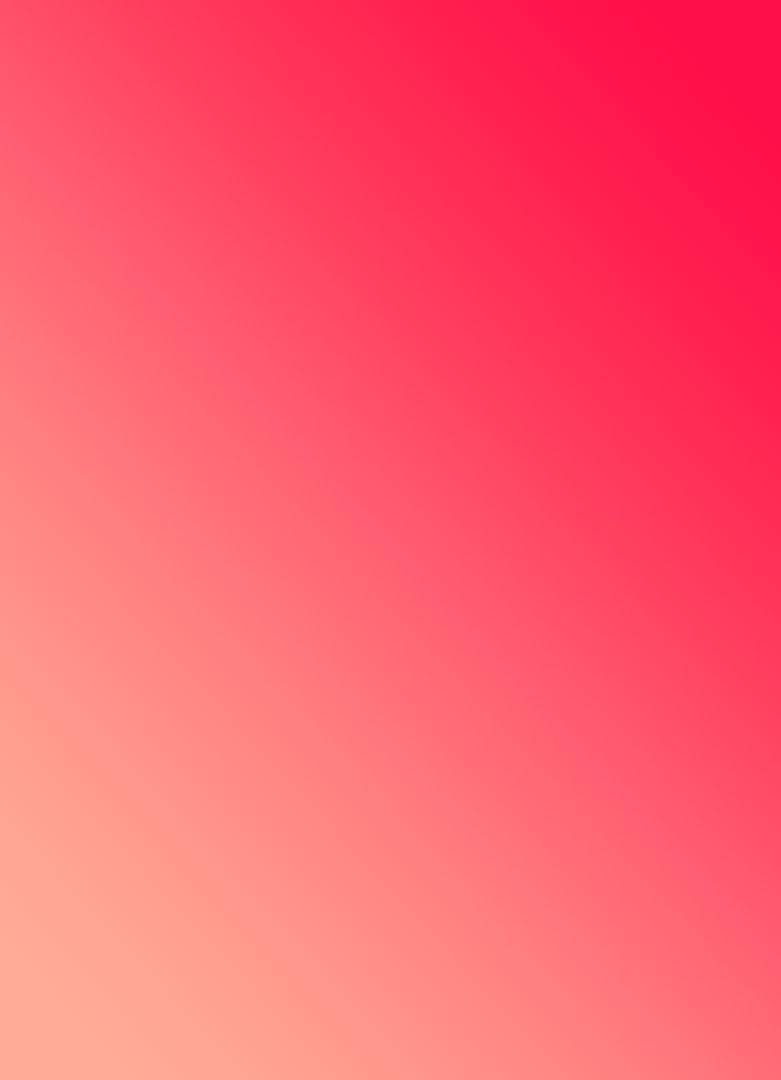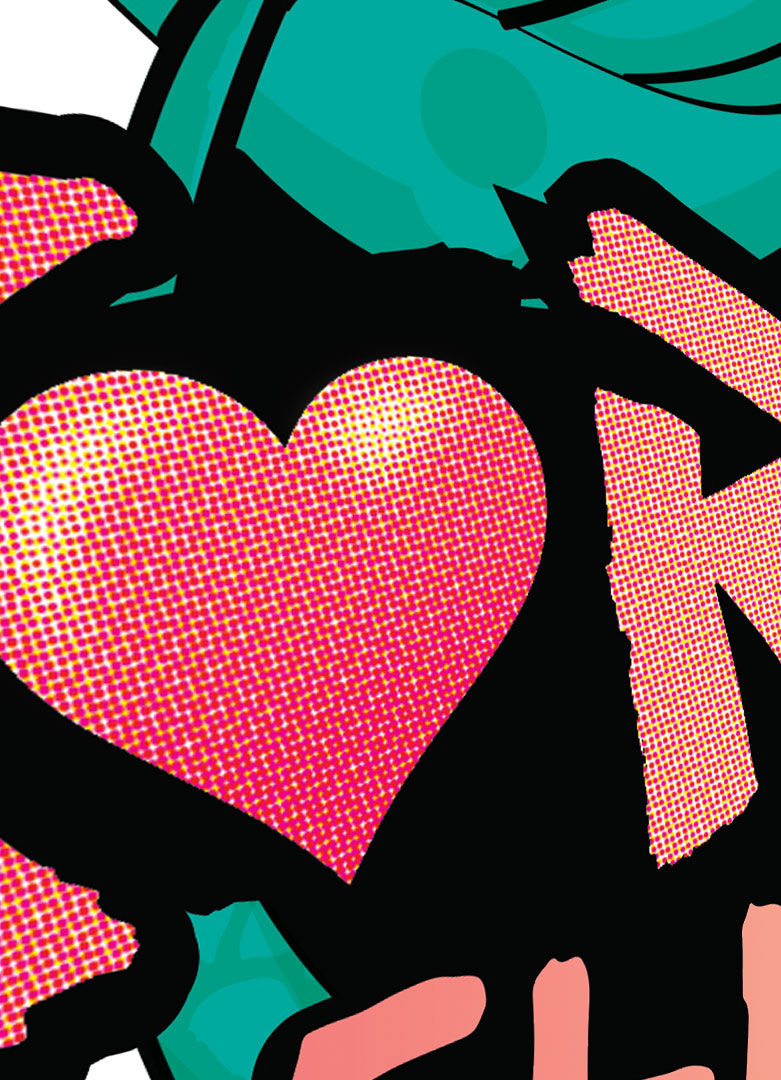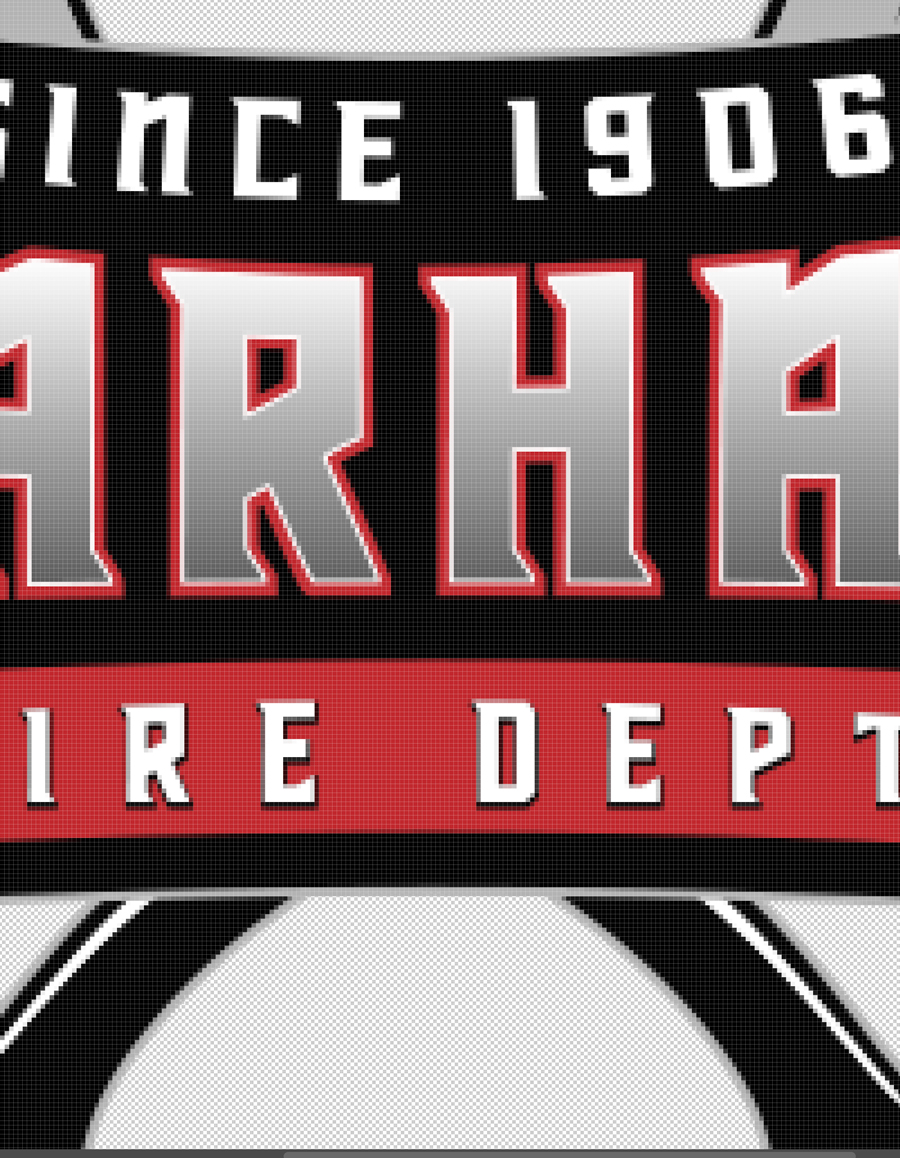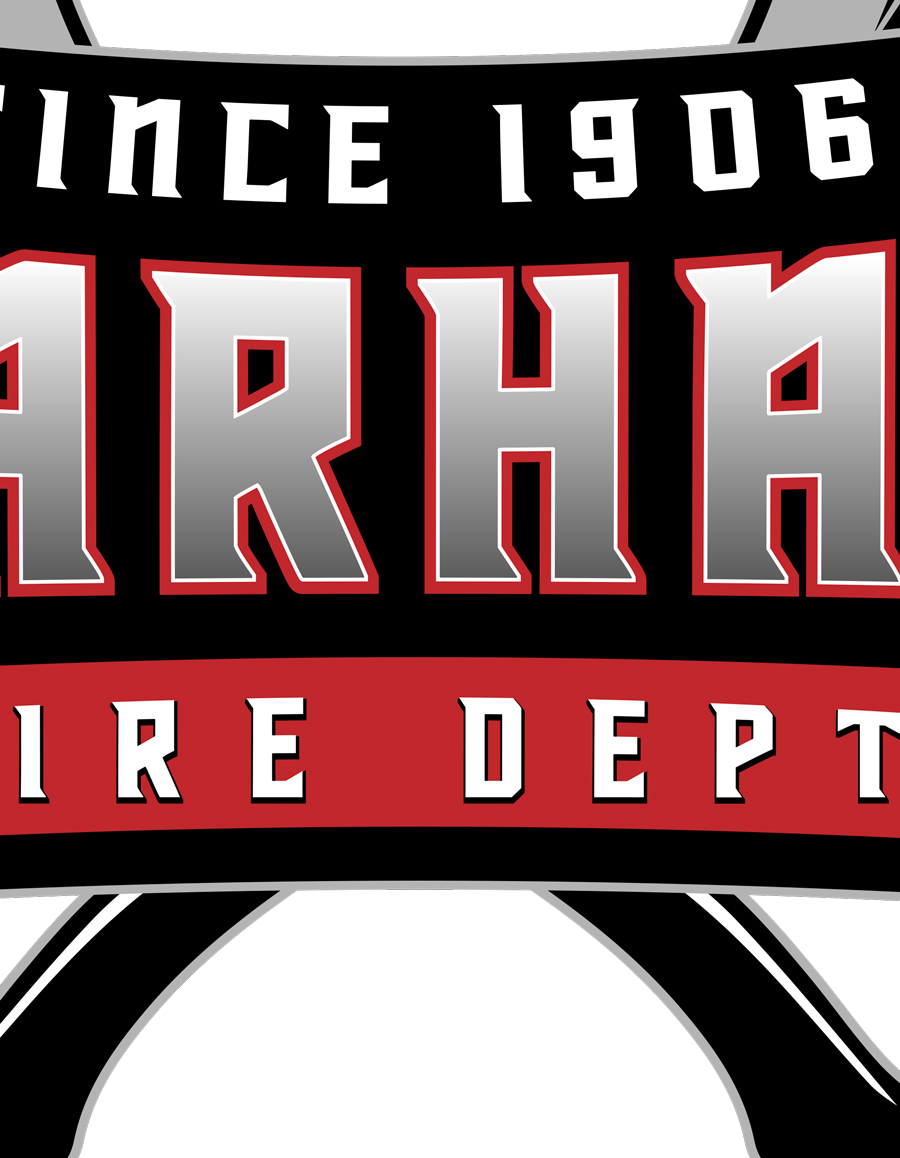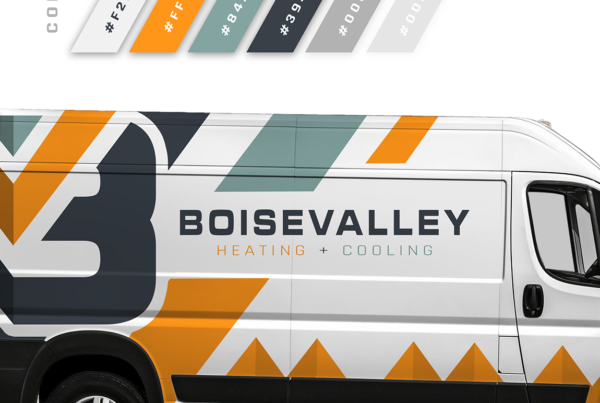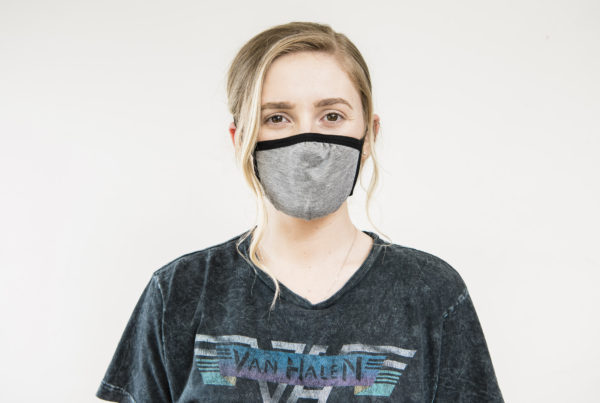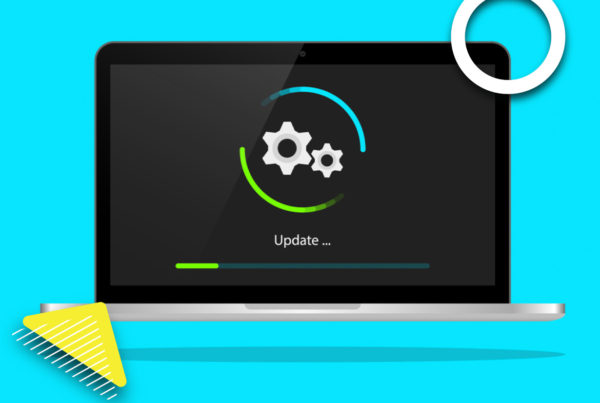Create, Prepare, Print.
We all love seeing our logos and artwork displayed on apparel and merchandise, but there are many factors to take into account to ensure your graphics are optimized and customized perfectly before printing. Our in house design team is available for hire if you are looking for something cutting edge and perfectly prepared for your print project. If you have your own design created already then here are a few guidelines to adhere to when submitting your artwork.
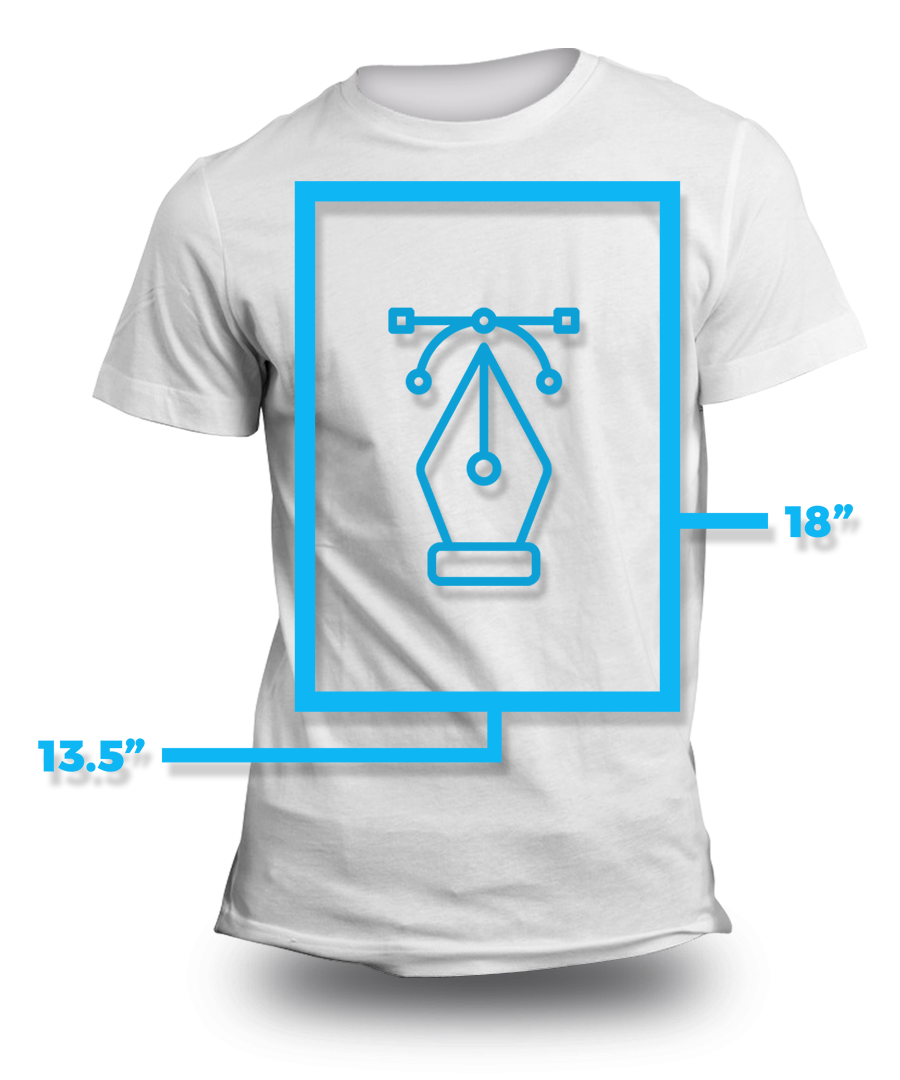
Design Guidelines For Screen Printing
Unlike designing graphics for the web or social media, screen printing requires different parameters and file types to ensure the integrity of the design is maintained throughout the screen printing process.
The majority of apparel graphics are going to be printed within the “screen size” printing dimension somewhere between ( 13.5” x 18” ). In most cases this means that in order to retain crisp lines and detailed edges of fonts within your artwork you may need to create your artwork in a vector format as opposed to a rasterized or pixel based artwork.
Pixel Based or Rasterized Artwork:
Files that are not vector are considered rasterized images that are composed of small pixel boxes. With raster artwork you can zoom in to 1000% and see that your lines and edges will look like a bunch of colored bricks that have that old 8 bit “minecraft” look to them. On a standard laptop you can get away with a 1080p raster image and it will look fine on the web. But if you tried to print that graphic you would not retain the same resolution and you ultimately will be disappointed with your garments.
Points & Curve Based or Vector Artwork:
Unlike rasterized images, Vector artwork is made from lines, curves and points that are scalable and expandable to an unlimited size or dimension while retaining the integrity of your artwork. When you zoom in to 1000% on a vector design you will still see a perfect edge or curve without any loss of resolution.
Not only will your design remain crisp… your colors within the artwork will have a specific pantone color that is recognized by screen printers and screen printing rip software so your brand colors can be matched to a T.
General Guidelines For Submitting Artwork
- Submitted as Photoshop min. resolution must be 300dpi)
- Artwork must not have more than 8 colors for light garments and 6 colors for dark garments
- The thinnest lines cannot be less than 0.25 point
- No gradients, shadows, or transparencies or blending modes applied to art.
- Convert all text layers to outlines
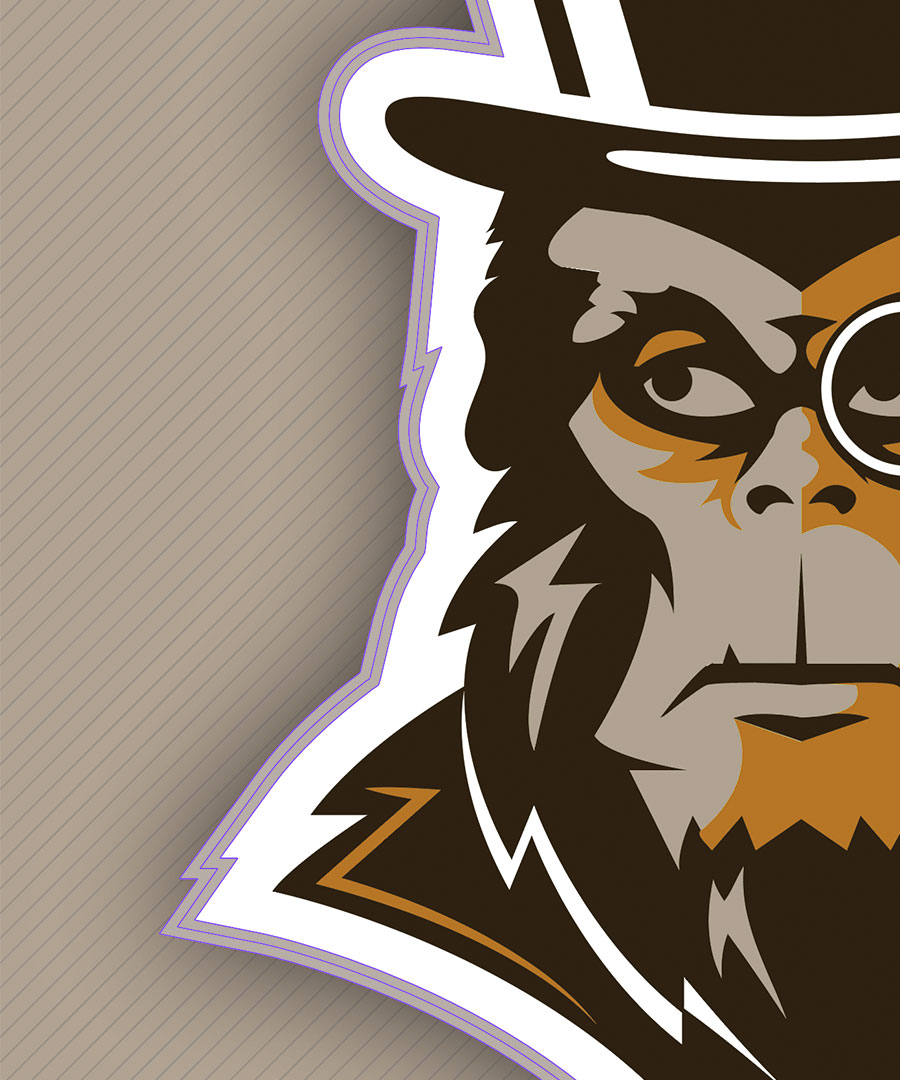
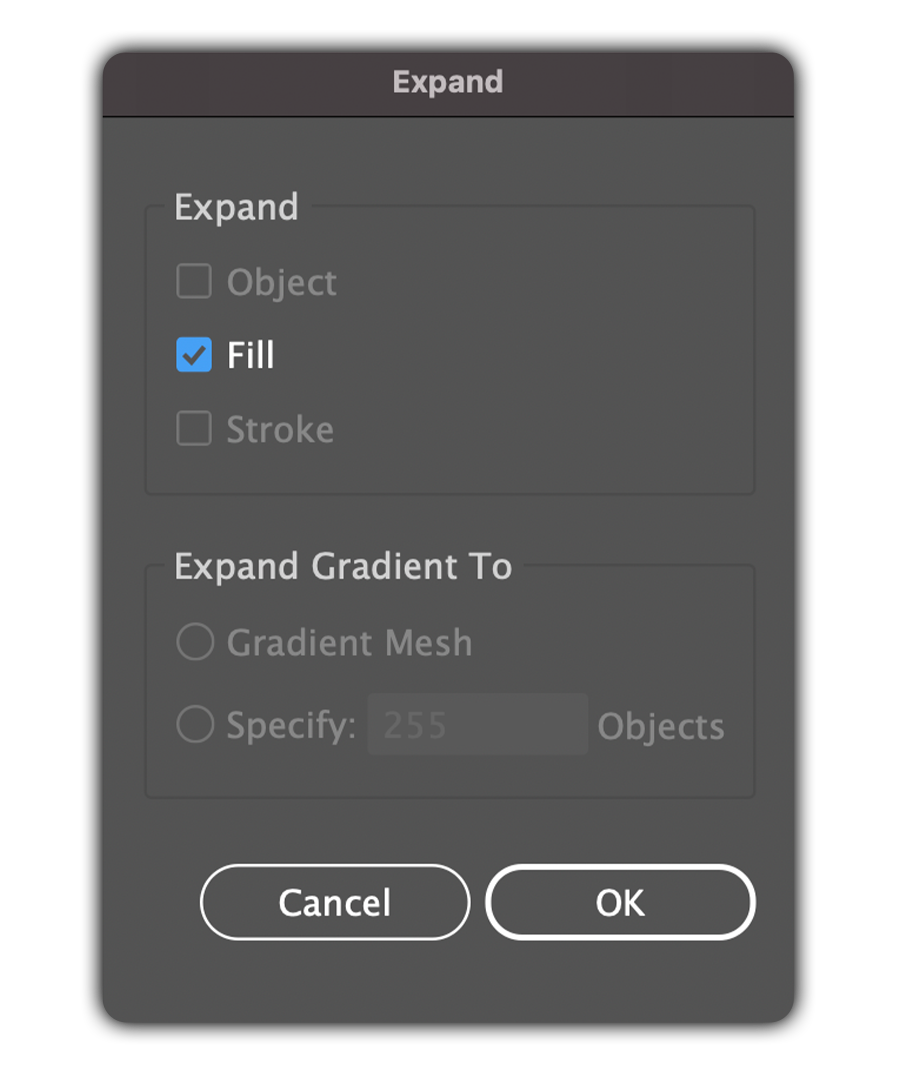
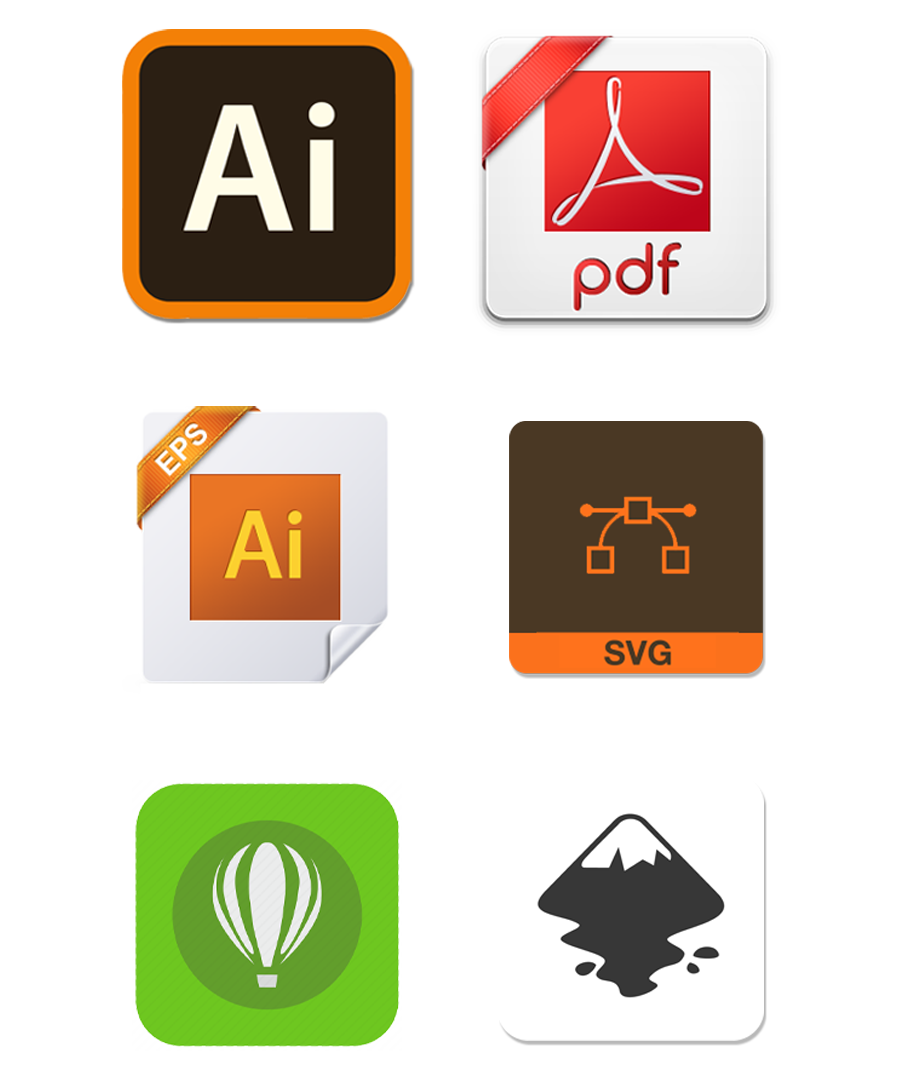
File Formats
Since most artwork will need to be blown up to size and scaled to your garments print dimensions we require your design to be submitted in vector format. Acceptable file types include ( .Ai | .pdf | .svg | .eps ). There are many design softwares that allow you to create graphics in vector format although the industry standard is Adobe Illustrator. Other programs capable of vector artwork are Corel Draw, inkscape etc.
Colors and Separations
When printing graphics on T-shirts, Hoodies, Polos and other apparel, each color within your design will require its own screen. Each of these screens needs to be registered perfectly in order to layer each of them on top of each other in the perfect sequence to ensure the perfect print. Your garment may be ruined if the fabric moves or stretches or if your design layers are off by a fraction.
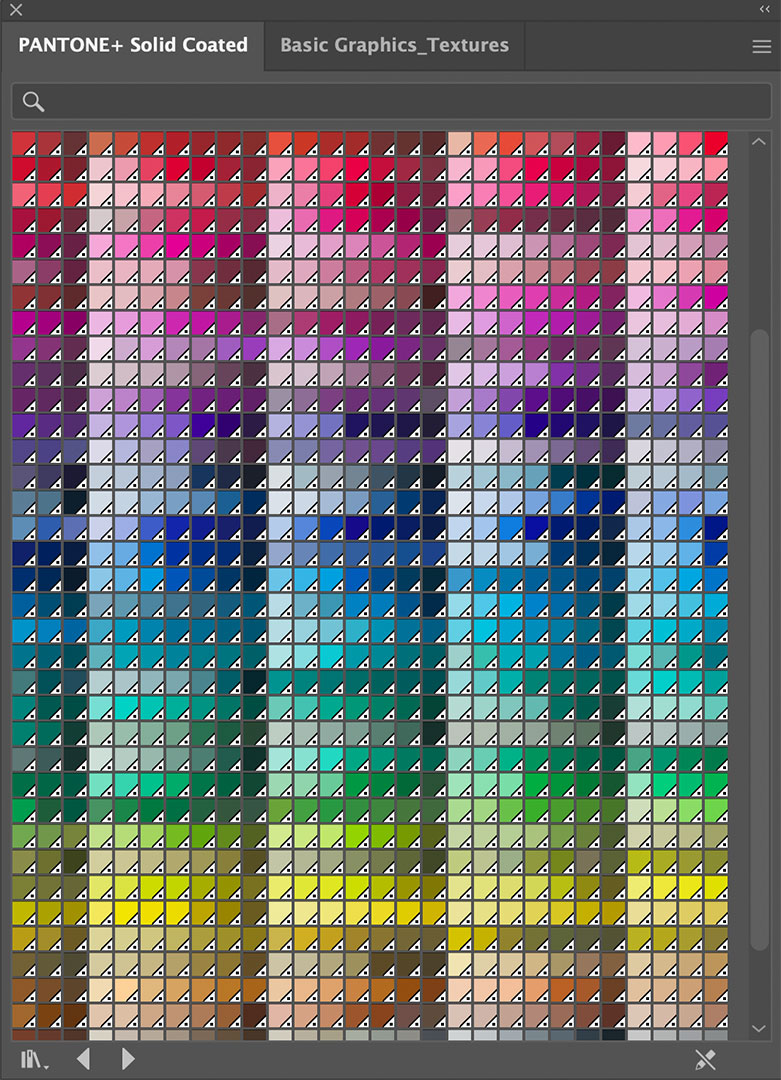
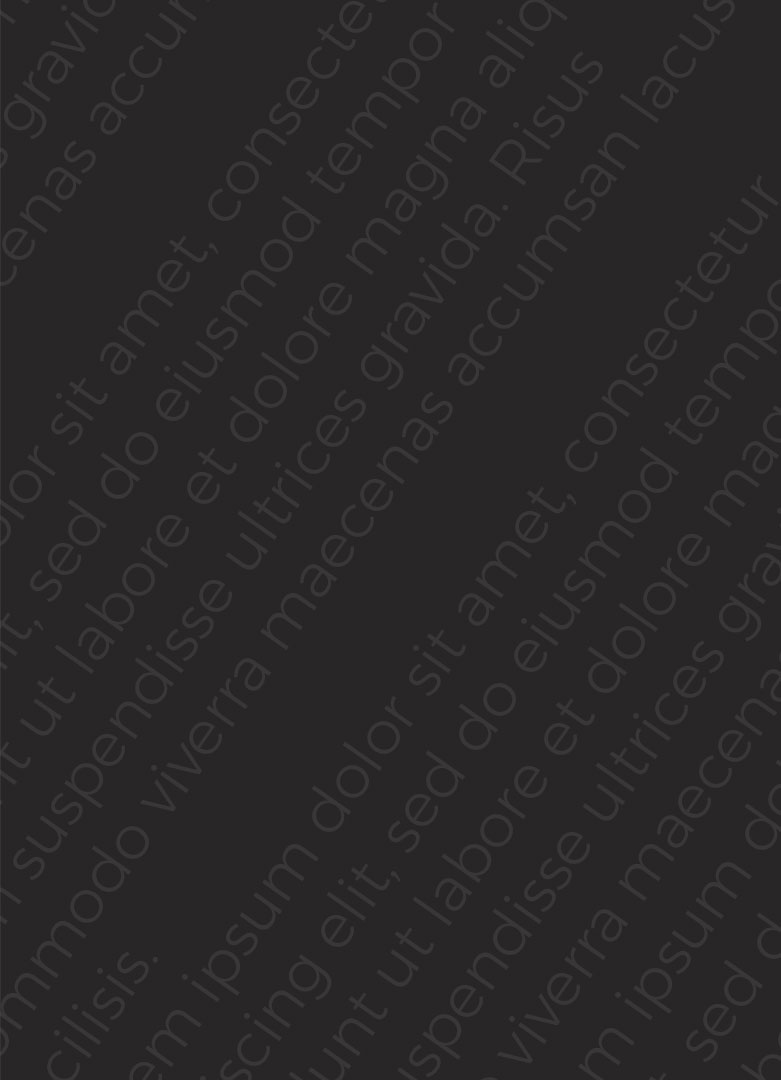
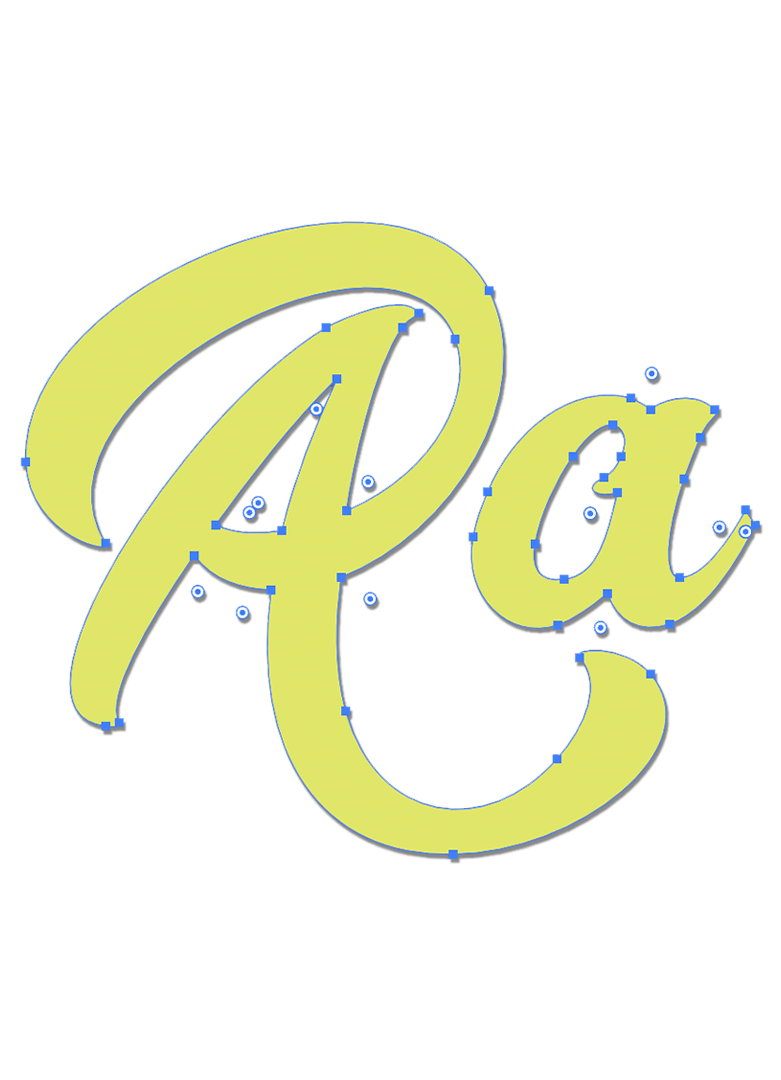
Text & Lines
Not all screen printers have the font you are using in your design. If you submit your design file and have not expanded your text to outlines, the font will be missing and will be replaced with a different font by default within the design software. It is imperative to convert all text to outlines before exporting your artwork. This goes for any lines, shapes or strokes in the art file. If your line work gets enlarged or decreased when resizing this can cause issues in the artwork and could ultimately cause registration issues when printed on your apparel. You must also make sure that no lines within the design are thinner than .25 point since the screens used for printing have a finite size to hold the emulsion.
Gradients & Transparencies
Gradients look sweet when viewing your design from your computer screen. Unfortunately gradients are very difficult to screen print accurately. The best way to submit artwork that you wish to have a gradient is to use halftones. Halftones are a series of dots that would increase or decrease in size as you transition from one color the next. This is an overlay method that will create a smoother fade with more vibrant result when printed on your garment.
